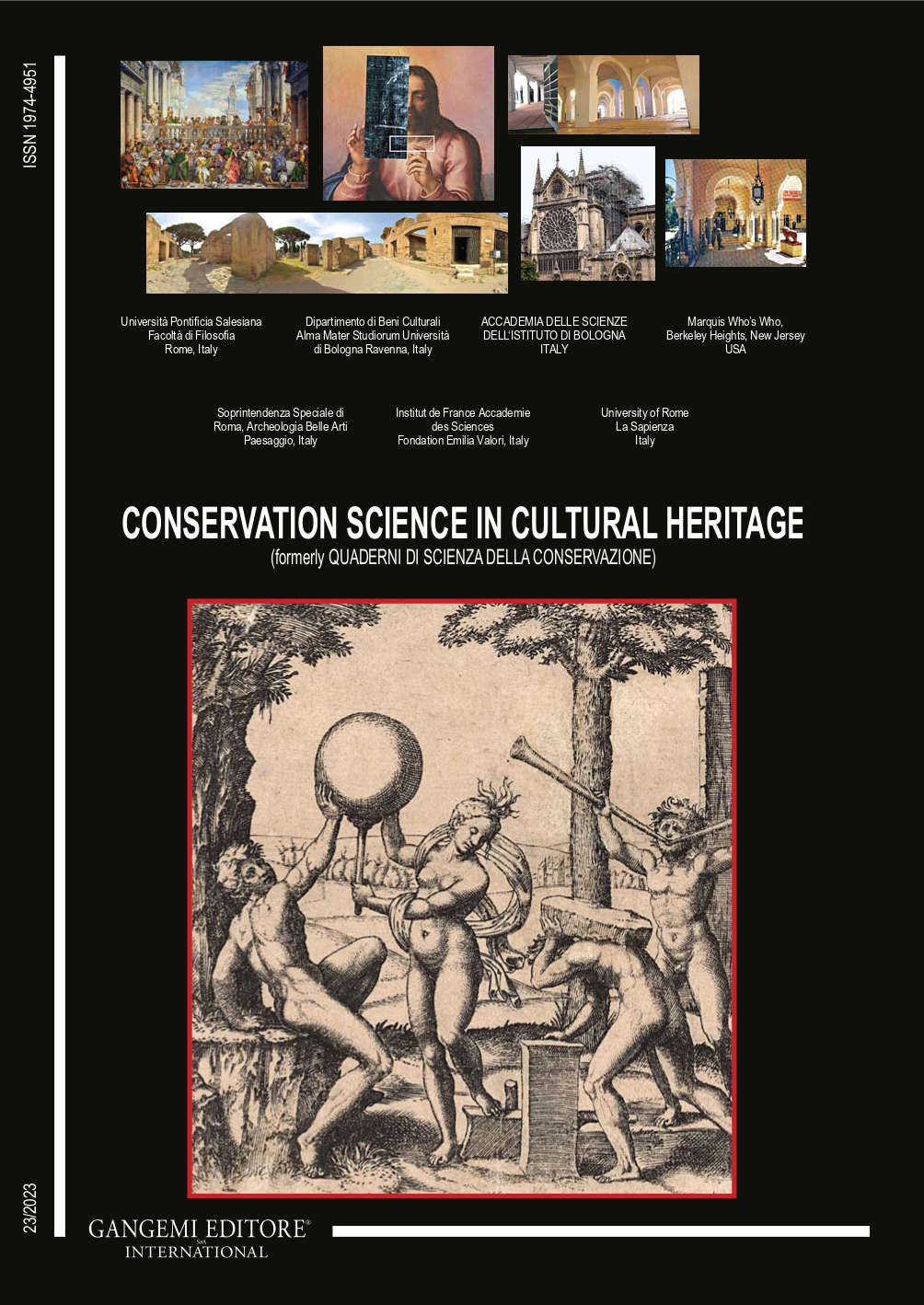Tracing “Orientalism” through architecture and art during the french colonisation of Algeria
DOI:
https://doi.org/10.6092/issn.1973-9494/20052Keywords:
French colonisation, historicist approach, Biskra, orientalismAbstract
The reinterpretation of the architectural language of previous periods is commonplace in architecture and art history. Over the centuries, architectural thinking has consistently oscillated between two distinct trends: consciously revisiting architectural styles or deliberately deviating from them to endorse innovative design forms. In this particular context, the present article delves into the manifestation of the concept of "Orientalism" in both architecture and art during the French colonisation of Algeria, specifically spanning the late 19th century to the early 20th century. This historical period was characterised by a historicist approach, giving rise to what is commonly referred to as the neo-Moorish style. The city hall in Biskra (southeast of Algeria) was selected as a case study for an in-depth exploration of the subject of this article. Through a historical approach, this study has a twofold purpose. Firstly, it aims to highlight Algeria's significant contribution to the history of architecture by revealing one of its most important periods, that of French colonisation. Secondly, it seeks to establish a connection between Islamic aesthetics and French colonial architecture, shedding light on the multiple references to colonial architecture in Algeria.
Downloads
Published
How to Cite
Issue
Section
License
Copyright (c) 2023 Sami Zerari, Alessandra Cirafici, Haroune Ben Charif , Leila Sriti, Amjed Islem Dali

This work is licensed under a Creative Commons Attribution 3.0 Unported License.





